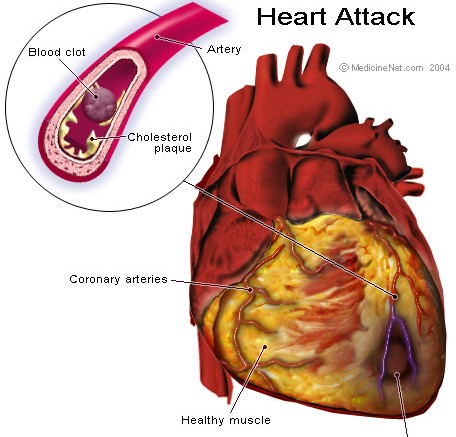If you’ve spent time in a hospital, then the chances are that you’ve come within touching distance of a special piece of technology called a solenoid valve. You might even have been treated with the help of one of them. Solenoid valves aren’t a new invention; they’ve been around since the early twentieth century. But they’ve come a long way over the decades. They’re getting smaller and more efficient.
How does a Solenoid Valve work?
A solenoid valve is actually an amalgamation of two separate devices, which work in tandem: the solenoid electromagnet, and the valve. The former comprises several different components, including a coil and a plunger which acts to close the valve orifice whenever the coil is energised.
This allows the flow of gas and liquid to be regulated electronically, which is vital when we want to keep the amount of gas or liquid in a given area at a given level. For example, when there’s too much oxygen in a given space, the valve might limit flow from a tank; when there’s too little, it might do the opposite.
Valves come in several different varieties. There are normally-open and normally-closed versions, and there are direct-acting and piloted ones. The first acts directly onto the sealing pistol, which means that the force needs to be great enough to resist the flow. The second uses pressurised fluid to act as an energy source.
What are their medical applications?
Solenoid valves work in any situation where gas and fluid must be controlled. This might mean ventilators, dialysis equipment, patient monitors, oxygen delivery systems, and anaesthesia delivery systems. In some cases, the function of the valve could be performed manually – but greater degrees of precision are possible with and automated solution. Moreover, using mechanical aids helps to alleviate pressure on staff, who can get on with other things. It’s likely that future innovations will help to form the basis of healthcare in the decades to come.
Why are they being used more often?
Solenoid valves have taken several significant leaps forward which makes them more effective, practicable and affordable for medical applications.
They’re now controlled using pulse-width modulation (PWM), for instance, rather than via an analogue signal. What this means is that the signalling device can send out a stream of zeros and ones, rather than a fixed voltage. The longer the signal spends at one, the stronger it’ll be perceived to be.
Solenoids offer a high power-density, which makes equipment lighter and smaller. There’s also been a push on the demand-side. The UK’s aging population means that there’s more pressure for specialised equipment. This has been especially the case during the coronavirus pandemic, during which solenoid-powered ventilators have been in high demand.
